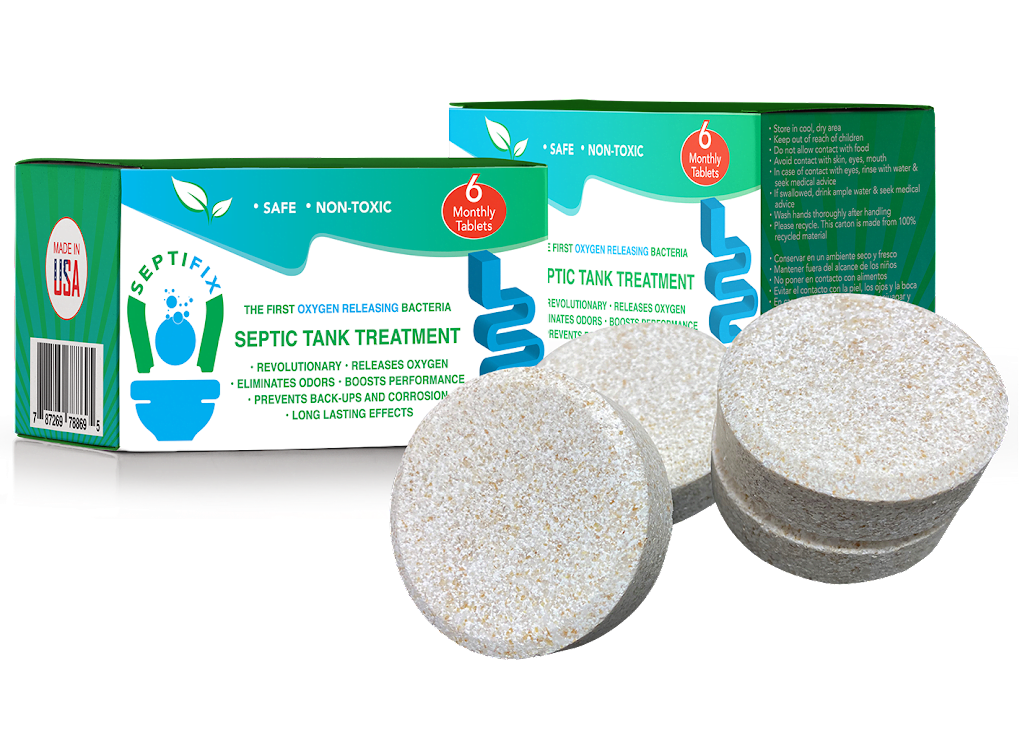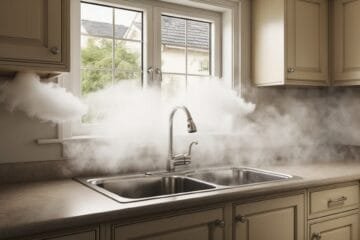Septic tanks get dirty primarily due to the accumulation of solids from household wastewater. Everything that goes down your house’s drains, including water from toilets, showers, dishwashers, and washing machines, contributes to this. These waters carry solids such as human waste, toilet paper, food particles, and lint, which enter the septic tank and begin to separate. A septic tank cleaner is desperately needed here.
In the septic tank, wastewater is divided into three layers. Heavier solids sink to the bottom and form a sludge layer, while oils and fats rise to the top, creating a scum layer. The middle layer, primarily clear water, is the effluent that eventually flows into the drain field. While bacteria in the septic tank naturally break down organic material, they can’t wholly decompose all solids, especially non-biodegradable items or materials that are difficult for bacteria to digest.
Over time, if the septic tank is not regularly pumped, the sludge and scum layers can thicken, disrupting the normal flow of wastewater through the tank. This can lead to blockages and backups in the system. Additionally, the overuse of household chemicals, flushing non-biodegradable materials like wet wipes or feminine hygiene products, or heavy use of a garbage disposal can all accelerate the rate at which a septic tank gets dirty. These practices hinder the bacteria’s effectiveness in breaking down wastes and increase the volume of solids in the tank.
Proper maintenance and regular cleaning are crucial to prevent the septic tank from getting overly dirty and to ensure it functions efficiently, avoiding environmental damage and costly repairs.

SEPTIFIX will save you hundreds, if not thousands of dollars each year, because your septic system will run smoothly and you won’t have to worry about calling the pumpers or a plumber for a fix!
Click here to save up to 50%
There are a lot of Septic Tank Cleaner to buy, but this is one of the best:
Once added to your septic tank, these products work efficiently to tackle several issues. They quickly reduce and eliminate noxious odors, often within three to five days. They also break down and clear out all organic sludge, including natural oils, grease, and organic hydrocarbons. Furthermore, they destroy harmful anaerobic bacteria such as E. coli and Salmonella, along with other pathogens that are commonly found in septic tanks and can pose health risks. Additionally, these products help prevent backups, clogs, and other related problems, such as corrosion in septic tank systems. They can also significantly reduce, and in many cases eliminate, the need for your septic tank to be pumped.

SEPTIFIX will save you hundreds, if not thousands of dollars each year, because your septic system will run smoothly and you won’t have to worry about calling the pumpers or a plumber for a fix!
Click here to save up to 50%
What happens if I take the wrong Septic Tank Cleaner?
To kill bacteria, the cleaners must have been explicitly developed for septic tanks, not swimming pools. The reason is that we need good bacteria to keep our Septic Tanks running. A lot can happen if you use the wrong product. As with many other products, there are differences in the quality of the cleaners. Poor-quality cleaners can do a lot of damage.
Using the wrong septic tank cleaner can lead to several problems for your septic system and the environment. Harsh chemicals in some cleaners can kill the beneficial bacteria that break down waste, impairing the system’s efficiency and potentially leading to system failure. These chemicals can also be corrosive, damaging the tank’s structure and causing leaks or failures that are expensive to repair.
Furthermore, inappropriate cleaners might not effectively break down solids, leading to clogs and backups in the system, which are inconvenient and health hazards. If these chemicals leach into the soil, they can contaminate groundwater and nearby water bodies, harming wildlife and violating environmental standards.
To avoid these issues, it is essential to choose cleaners specifically designed for septic systems, usually labeled as septic-safe. These products support the natural processes within the tank and help maintain its functionality without damaging the system or the environment.

SEPTIFIX will save you hundreds, if not thousands of dollars each year, because your septic system will run smoothly and you won’t have to worry about calling the pumpers or a plumber for a fix!
Click here to save up to 50%


